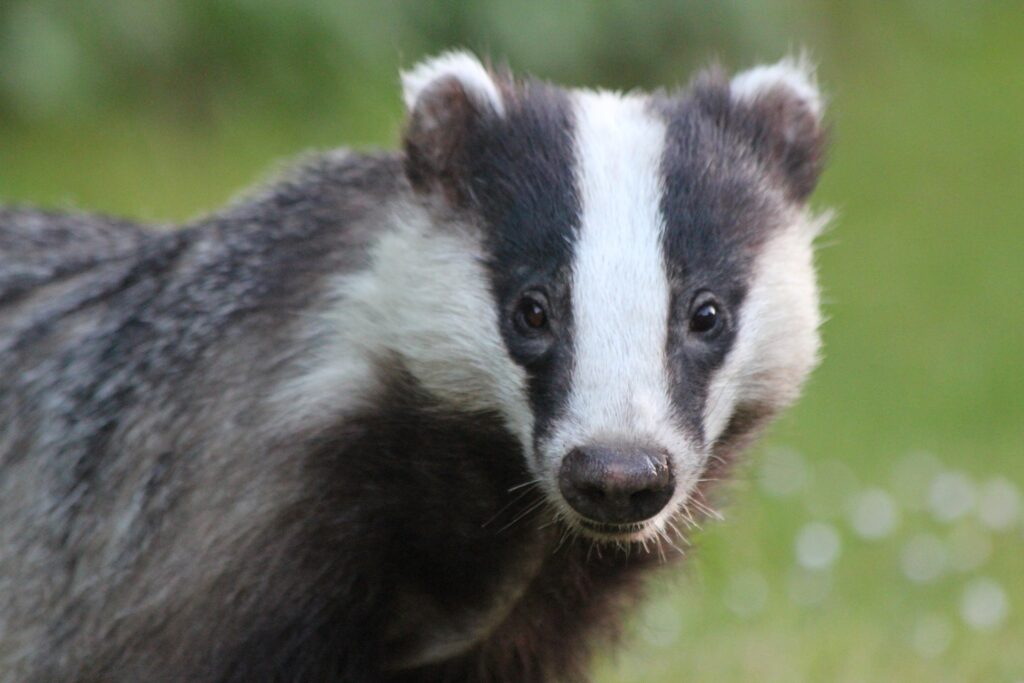Important new study on Badger culling

Today an important paper on Badger culling has been published in the journal Veterinary Record. The paper reports on new and detailed analysis, and concludes that Badger culling has been ineffective in reducing bovine Tuberculosis in cattle herds.
It is significant because it is is the largest examination of Government data on Badger culls, which have seen over 140,000 Badgers killed, to date.
Authored by biologist Thomas Langton, and vets Dr Mark Jones and Dr Iain McGill, the study compares both the incidence and prevalence of bovine TB in areas where Badger culls have taken place, and those where they haven’t. Over the duration of the study, incidences of TB peaked and began to decline; however there was no statistical evidence showing any difference in the rate and nature of decline between culling and no-culling areas. You can read the full study here; we’ve shared the abstract from it below.
To us, this looks like yet another reason to be highly sceptical about whether culling works – whether it reduces bTB levels. Looking at the evidence, it seems killing large numbers of Badgers isn’t beneficial for farmers and their industry. It certainly isn’t good for Badgers, and it’s often carried out in an inhumane way.
Wild Justice will review this study carefully in the coming days, and we’ll of course update you with any developments from here…

Analysis of the impact of badger culling on bovine tuberculosis in cattle in the high-risk area of England, 2009–2020
Thomas E. S. Langton, Mark W. Jones, Iain McGill
Abstract
Background
Since 2013, badger culling has been part of the UK Government’s strategy for controlling bovine tuberculosis (bTB) within a high-risk area (HRA) in England. Government surveillance data now enables an examination of bTB herd incidence and prevalence, its headline indicators, within and outside cull areas over the period 2009–2020.
Methods
Analysis compared herd incidence and prevalence data from within and outside badger culling areas. A range of models (GLMs, GLMMs, GAMs and GAMMs) were used to analyse incidence and prevalence in culled and unculled areas using frequentist and Bayesian approaches. Change in incidence across ten county areas within the HRA for the period 2010–2020 was also compared.
Results
Analyses based on Defra published data using a variety of statistical methodologies did not suggest that badger culling affected herd bTB incidence or prevalence over the study period. In 9 of 10 counties, bTB incidence peaked and began to fall before badger culling commenced.
Limitations
There are limitations around the data available on culling location, temporal information and other confounding factors. As such, further analysis of any future datasets that may be released on bTB levels in areas where badger culling has been implemented is warranted.
Conclusion
This examination of government data obtained over a wide area and a long time period failed to identify a meaningful effect of badger culling on bTB in English cattle herds. These findings may have implications for the use of badger culling in current and future bTB control policy.
